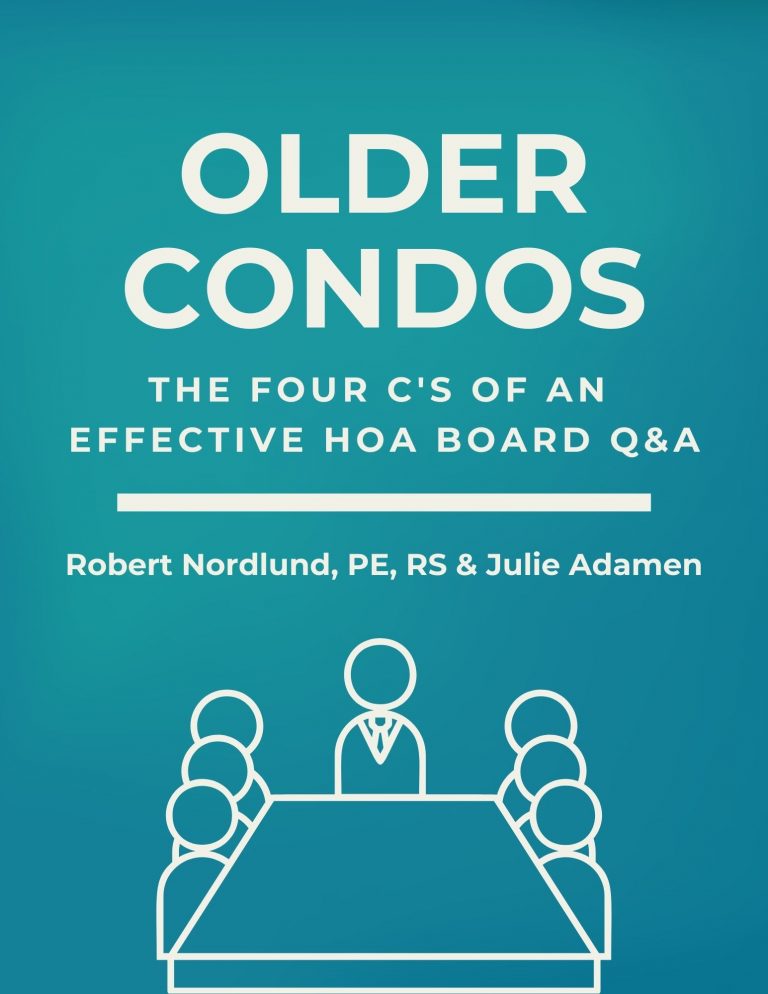We were shocked, along with the rest of the world, by the collapse of our client property, Champlain Towers South Condominium Association, in Surfside, FL on June 24, 2021. Our hearts broke for the families and friends of the 98 people who lost their lives in this unprecedented disaster. Although the underlying causes of the tragedy have yet to be determined, we know, based on our March 2020 Reserve Study, that the towers were 40 years old and the Association was significantly “underfunded”.






